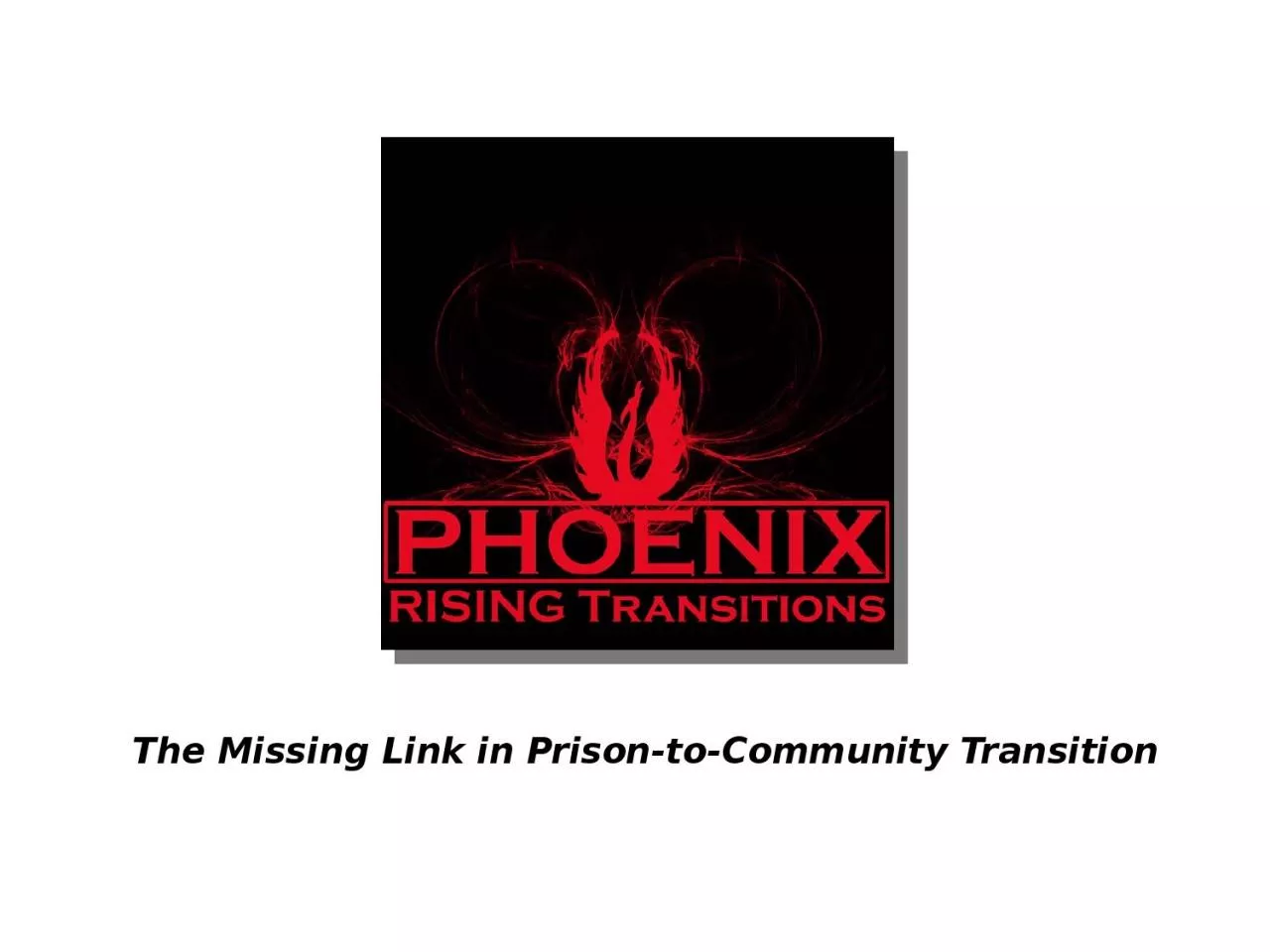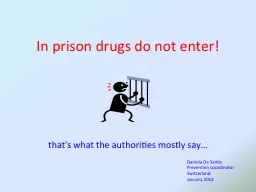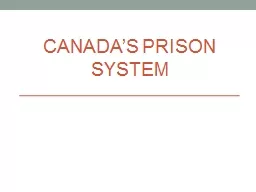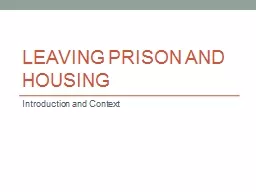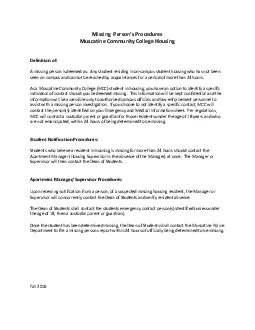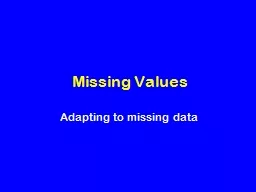PPT-The Missing Link i n Prison-to-Community Transition
Author : melody | Published Date : 2024-01-13
Our Mission PHOENIX Rising Transitions is a grassroots communitybased organization that provides transitional support including education mentoring and community
Presentation Embed Code
Download Presentation
Download Presentation The PPT/PDF document "The Missing Link i n Prison-to-Communit..." is the property of its rightful owner. Permission is granted to download and print the materials on this website for personal, non-commercial use only, and to display it on your personal computer provided you do not modify the materials and that you retain all copyright notices contained in the materials. By downloading content from our website, you accept the terms of this agreement.
The Missing Link i n Prison-to-Community Transition: Transcript
Download Rules Of Document
"The Missing Link i n Prison-to-Community Transition"The content belongs to its owner. You may download and print it for personal use, without modification, and keep all copyright notices. By downloading, you agree to these terms.
Related Documents

